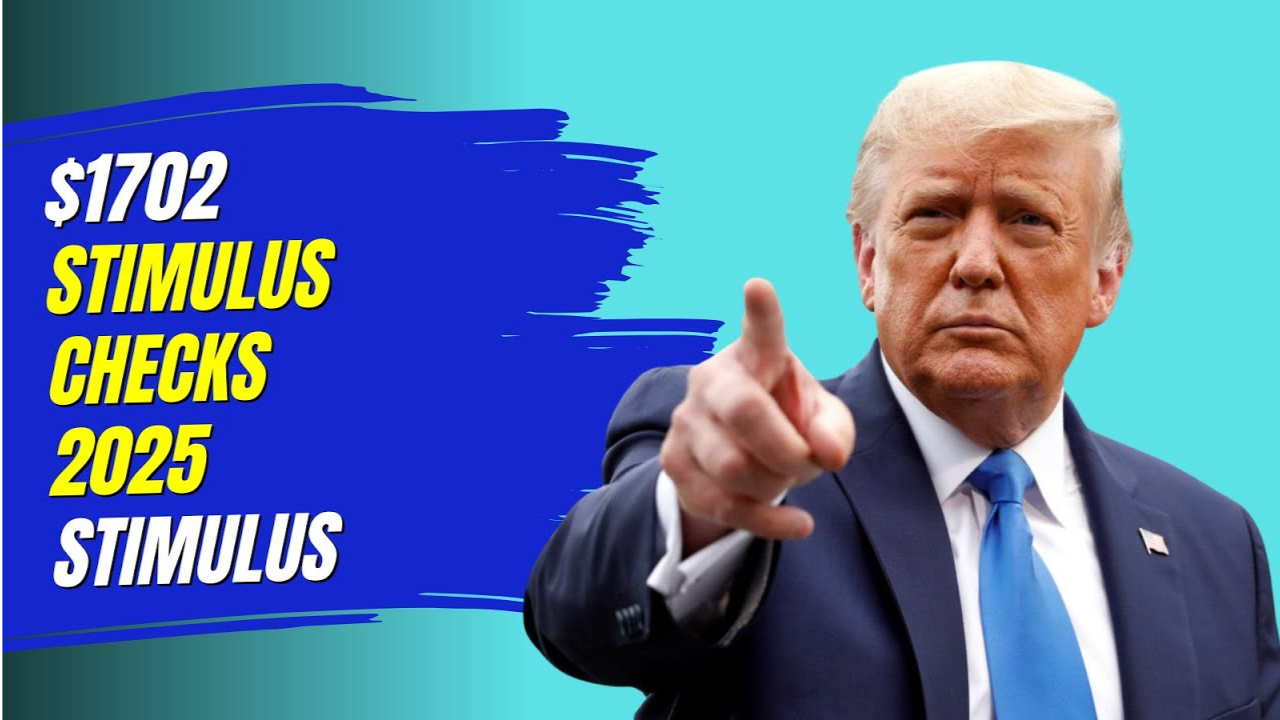$1,702 stimulus payments for everyone:When it comes to rare currency, the $2 bill holds a unique place in American history. Often viewed as a novelty or overlooked altogether, $2 bills have developed a loyal following among collectors. While most $2 bills are worth their face value, some versions — particularly those with unusual serial numbers, printing errors or historical significance — can be worth hundreds or even thousands of dollars.
If you’re lucky enough to have old $2 bills lying around, here’s what collectors need to know about which bills are valuable and why.
History of the $2 Bill
The U.S. $2 bill was first issued in 1862, featuring Alexander Hamilton. It was later issued with Thomas Jefferson on the obverse, who remains on the bill today. The reverse was updated in 1976 to feature John Trumbull’s “Declaration of Independence” painting, making it a collector’s item from a historical and patriotic perspective.
Despite being a legal tender, the $2 bill is rarely used in everyday transactions, making it seem rare – even though it is still printed from time to time by the U.S. Bureau of Engraving and Printing.
Why Are Some $2 Bills Worth Thousands?
While many $2 bills are common and worth only their face value, there are several key characteristics that can make a bill extremely valuable:
1. Low Serial Number
Collectors prize bills whose serial numbers begin with many zeros or that are exceptionally low (for example, 00000001 or 00000100). The lower the number, the higher the potential value. A bill with the serial number “00000001” can sell for thousands at auction — especially if it is in very good condition.
2. Star Note
Star notes are printed to replace misprinted or damaged currency. These bills have a star (*) at the end of their serial number and are produced in fairly small quantities. For a $2 bill, a 1976 Star Note can sell for $500 to $1,000 or more, depending on its rarity and demand.
3. Unique serial numbers
Certain serial number patterns — called “fancy serials” — can dramatically increase a bill’s value. These include:
- Repeating numbers (e.g., 2222222)
- Palindromes (e.g., 12344321)
- Stairs (e.g., 12345678)
- Solid numbers (e.g., 77777777)
These notes are extremely rare and can be worth anywhere from hundreds of dollars to several thousand dollars.
4. Bicentennial $2 Bill (1976)
The 1976 $2 bill, issued to celebrate America’s 200th anniversary, was the first to be printed since 1966. Although more than 500 million were printed, collectors still seek out-of-print or unique versions of this series.
A 1976 bill with a rare postmark or red cancellation stamp – often collected on the first day of issue – is also highly collectible.
5. Misprints and Errors
Currency errors – such as double prints, misplaced seals or ink blots – can significantly increase a bill’s value. Since quality control in currency printing is high, genuine flawed notes are rare and highly prized. Some flawed $2 bills have sold for $5,000 or more.
6. Old Series and Condition
Old $2 bills from the 1928 or 1953 series are more valuable, especially in crisp, uncirculated condition. These bills may have a red or brown seal and were often issued as legal tender notes rather than the Federal Reserve Notes used today.
Grading also plays an important role. A note rated “Gem Uncirculated” by professional services (such as PMG or PCGS) is more valuable than one that is folded, torn or has been in a lot of circulation.
Tips for collectors
If you’re keeping a $2 bill or thinking of starting a collection, here are some expert tips:
- Check the serial number for unusual patterns or stars
- Maintain the condition of bills by storing them in acid-free currency sleeves
- Avoid folding or handling bills frequently
- Consult a professional or use online marketplaces to compare prices
- Have bills appraised by certified dealers before selling
Frequently Asked Questions (FAQs)
Q1. Do I have to pay taxes on the $1,702 stimulus check?
A: No. The stimulus check is not taxable and will not affect your refund or benefits.
Q2. Can I get a payment if I didn’t file taxes in 2023 or 2024?
A: If you receive government benefits like Social Security or VA compensation, you may still qualify. Otherwise, you must file a simple tax return to receive the payment.
Q3. Are undocumented immigrants eligible?
A: Only individuals with valid Social Security numbers and legal resident status are eligible.
Q4. Is this a monthly payment or one-time?
A: This is a one-time payment for June 2025. Future payments are under review.
Final Thoughts
The $1,702 stimulus check for July 2025 is a welcome relief for many households facing economic hardship. With inflation and housing costs still high, this payment helps families cover basic needs and provides some breathing room. If you believe you’re eligible but haven’t received your payment, act quickly by checking your status on the IRS website or contacting them directly.
Stay updated on future stimulus developments and keep your tax information current to avoid delays.
